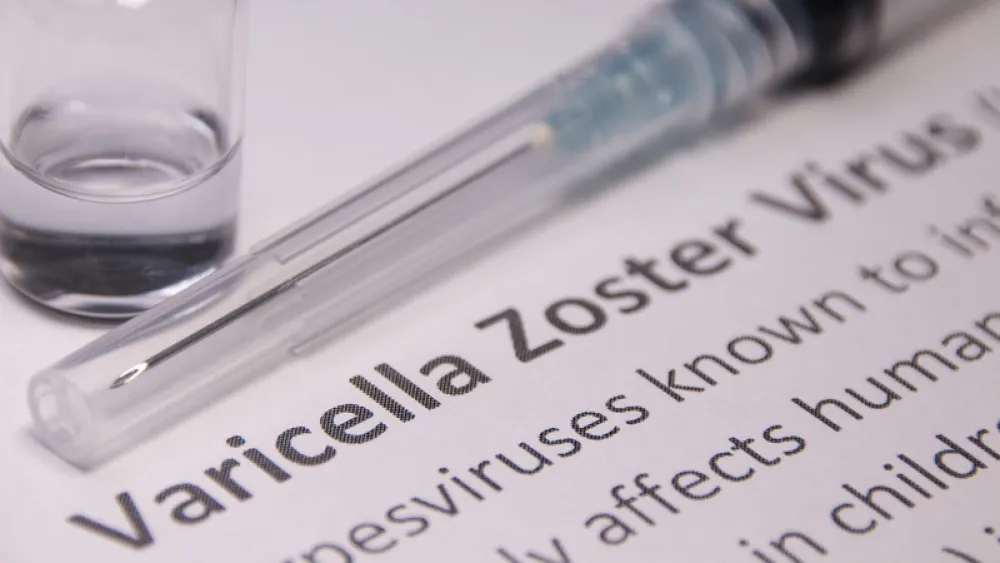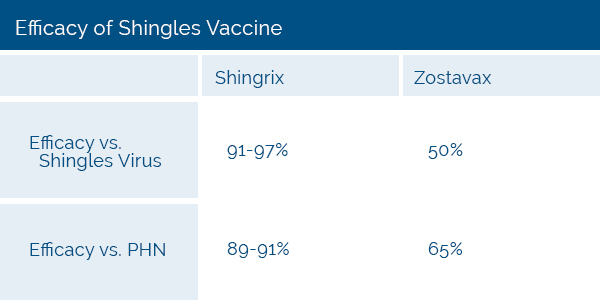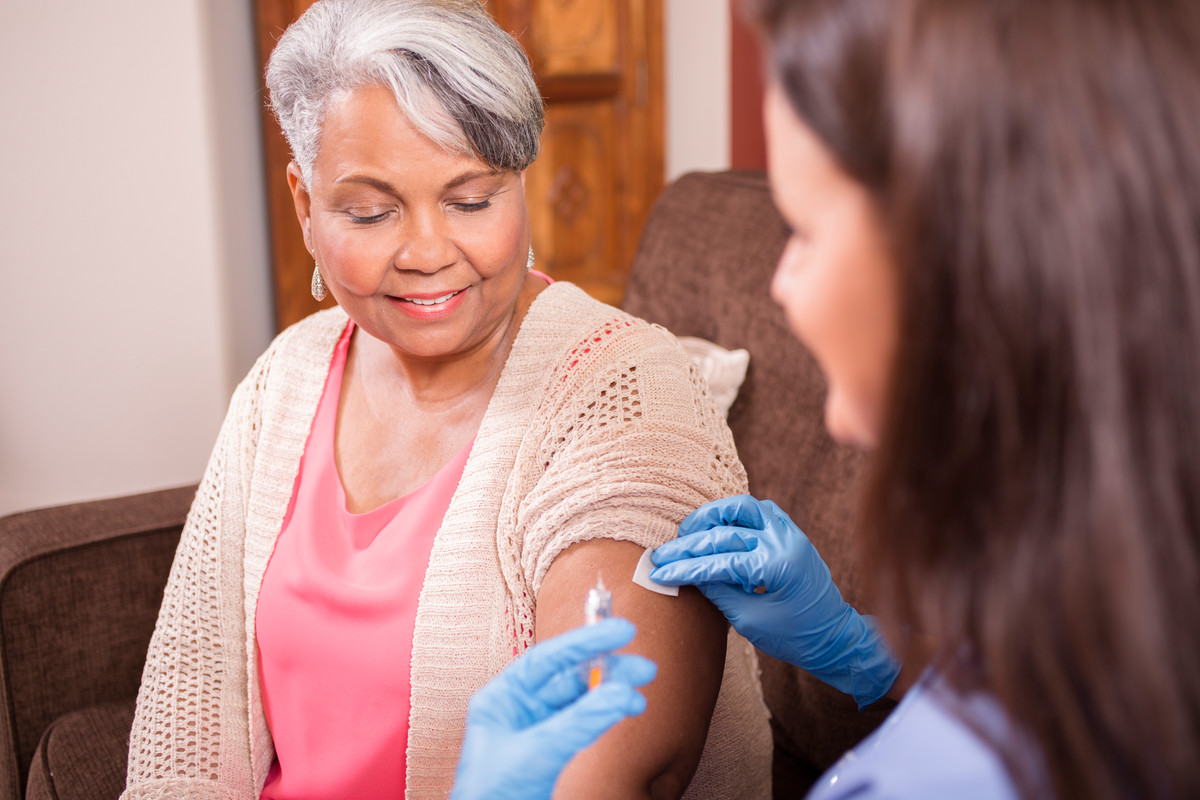




Today's Medicine
New Shingles Vaccine Shingrix Much More Effective


This past fall, a new shingles vaccine, Shingrix, was approved by the FDA and marked the first major development in the prevention of this devastating disease in over 10 years. The excitement about this new vaccine, coupled with the fact that one in every three adults will suffer from the shingles, has generated a lot of buzz and a lot of questions among my patients here at Methodist Physicians Clinic Indian Hills.
What is shingles?
 Shingles is a painful blistering rash caused by the varicella zoster virus. This is the same virus that causes chickenpox and can last in the body for a lifetime. The virus can reawaken later in adulthood and cause shingles. Nearly everyone has this virus in their blood, and if you have it, the chances of it coming back to cause shingles increases as we grow older.
Shingles is a painful blistering rash caused by the varicella zoster virus. This is the same virus that causes chickenpox and can last in the body for a lifetime. The virus can reawaken later in adulthood and cause shingles. Nearly everyone has this virus in their blood, and if you have it, the chances of it coming back to cause shingles increases as we grow older.
The shingles rash lasts about a week or two. But for an unfortunate 10-13 percent of people, the sharp, burning, or shooting nerve pain from the rash takes months to resolve. For some, the pain may never go away.
This lasting pain is called postherpetic neuralgia (PHN) and is the most common complication of shingles. Other dreaded complications include bacterial skin infections, blindness, loss of hearing or taste, pneumonia, weak muscles, and rarely, meningitis, paralysis, organ failure and death.
How does the new vaccine work?
Shingrix contains broken-down parts of the virus which then allow the body to build up immunity to the virus. When the body confronts the actual virus in the future, it mounts a response to keep the infection at bay. The vaccine also contains molecules that make the body’s immune response stronger and last longer.
For these reasons, Shingrix provides better and longer-lasting protection against both shingles and PHN than the older vaccine, Zostavax.

Protection from the older vaccine wore off after approximately eight years, but we believe Shingrix to last much longer.
Who should and shouldn’t get the vaccine?
Shingrix is approved for all adults with normal immune systems who are 50 years old or older. This is 10 years younger than the recommendation for the older vaccine Zostavax, which marks a major change in vaccination practices and provides added protection against shingles earlier in life.
If you have already been vaccinated against shingles with Zostavax, don’t worry — we recommend you be revaccinated with the new Shingrix vaccine to give you added protection. There should be at least two months between the time you received Zostavax and the time you receive Shingrix.
 If you have already had shingles, you aren’t immune from getting it again! Shingles can occur more than once in a lifetime and already having the infection does not protect you against future infections. We recommend you also be vaccinated with Shingrix if you have a healthy immune system. If you recently recovered from shingles, we recommend you wait until your rash and symptoms have resolved before getting the vaccine.
If you have already had shingles, you aren’t immune from getting it again! Shingles can occur more than once in a lifetime and already having the infection does not protect you against future infections. We recommend you also be vaccinated with Shingrix if you have a healthy immune system. If you recently recovered from shingles, we recommend you wait until your rash and symptoms have resolved before getting the vaccine.
If you do not have a normal immune system (or have any doubts), then we recommend you speak with your primary care provider to see if the shingles vaccination is right for you. If you are one of the rare few adults who has never had chicken pox, then we recommend you talk with your provider about getting the varicella (or chickenpox) vaccination instead.
There is no data regarding the safety of the vaccine in pregnant or breastfeeding women. If you are fighting off an infection, it’s best to wait until you are healthy again. Obviously, if you have had an allergic reaction to the vaccine or any of its parts, you should not get Shingrix. And remember — vaccines prevent diseases, so Shingrix cannot be used to treat current shingles or PNH.
What can I expect after getting the vaccine?
Shingrix is a two-part vaccine with the second dose given 2-6 months after the first. If you miss this timeframe, then you do not have to repeat the series. The vaccine is given into the muscle, much like an influenza, pneumonia or tetanus vaccine.
Once you get the vaccine, you are more likely to experience fatigue, achy muscles, fever, shivering or upset stomach compared to the older vaccine. Approximately 11 percent of people who get the vaccine reported these flu-like symptoms and another nine percent reported mild pain, redness, and swelling at the site of the injection. These symptoms are more likely to occur after the second dose and typically resolve in a few days.
Shingrix represents a real opportunity to protect ourselves against a debilitating disease with remarkable and long-lasting effectiveness. Speak with your Methodist Physicians Clinic primary care provider about being vaccinated.


